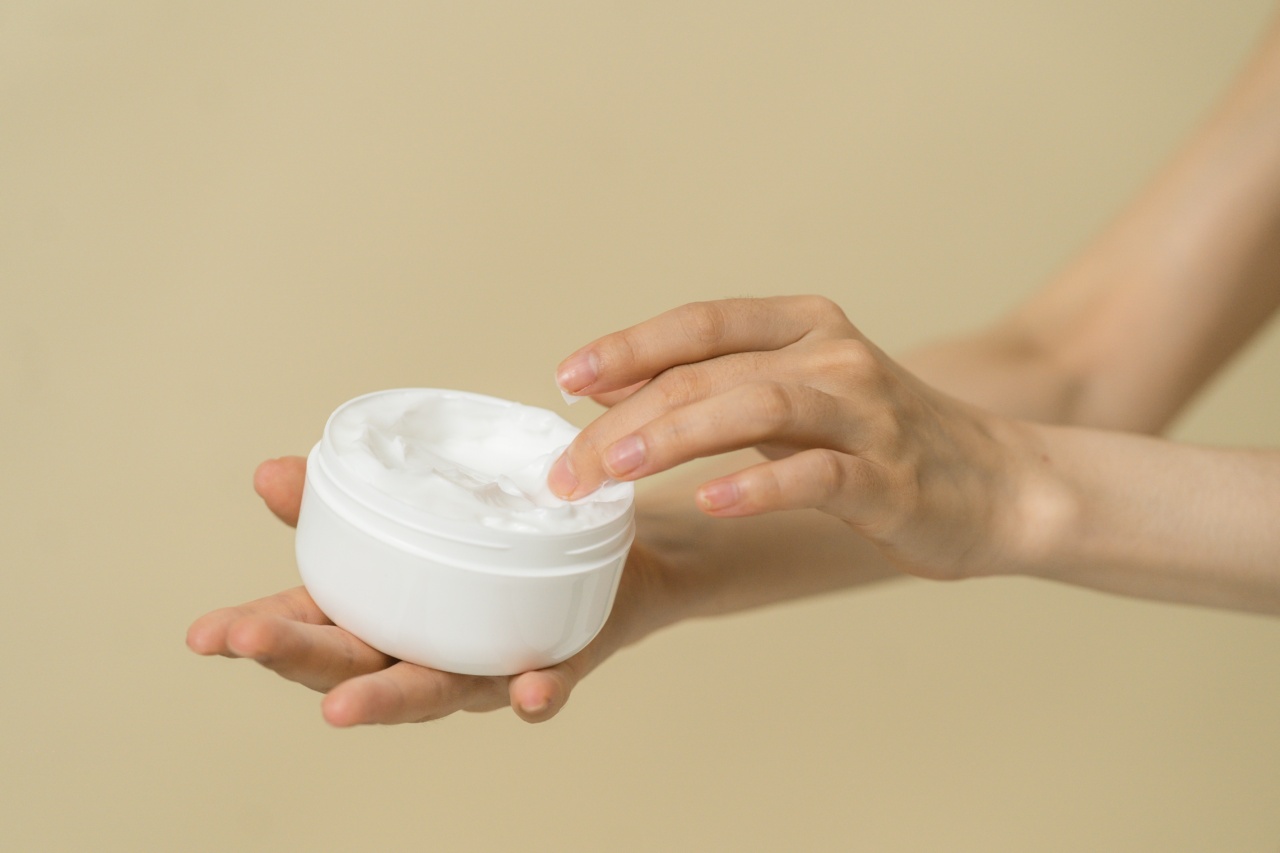After an intense workout or a physically demanding day, it’s not uncommon to experience muscle aches and soreness. Many people turn to various remedies to alleviate these discomforts, such as rest, compression, and even ice therapy.
However, one lesser-known method of muscle pain relief that has gained popularity is using ice cream.
The Pros of Using Ice Cream to Ease Muscle Aches
1. Cooling Effect
Ice cream is frozen, and when applied to the skin, it provides an instant cooling effect. The cold temperature helps numb the area and reduce inflammation, providing relief to sore muscles.
2. Natural Ingredients
While not all ice creams are created equal, many brands offer options made with natural ingredients. Some even include additives like protein or collagen to enhance muscle recovery.
3. Taste and Enjoyment
Unlike other traditional muscle relief methods, using ice cream to ease muscle aches allows you to enjoy a delicious treat while recovering.
The pleasant taste and the satisfaction of indulging in a sweet treat can provide an added psychological boost, making the recovery process more enjoyable.
4. Convenient Application
Applying ice or ice packs directly to the skin can be messy and uncomfortable. In contrast, using ice cream is a convenient and mess-free alternative.
Simply scoop out some ice cream and apply it to the affected area for an easy and enjoyable application.
5. Potential to Boost Energy
Ice cream is rich in carbohydrates and sugars, which can provide a quick energy boost. If muscle aches have left you feeling drained and fatigued, indulging in ice cream can help replenish your energy levels while also offering relief to your muscles.
The Cons of Using Ice Cream to Ease Muscle Aches
1. Potential Lack of Specific Nutrients
While ice cream may provide some relief, it is important to note that it does not contain the specific nutrients necessary for efficient muscle recovery. This lack of essential vitamins, minerals, and protein may hinder the overall healing process.
2. High Sugar Content
Most ice cream varieties contain a significant amount of added sugars, which can have negative effects on overall health. Consuming large quantities of sugary ice cream regularly may lead to weight gain, insulin resistance, and other health issues.
3. Discomfort for Those with Lactose Intolerance
Ice cream is typically made from dairy products, meaning it contains lactose. For individuals who are lactose intolerant, consuming ice cream can lead to digestive discomfort, bloating, and other undesirable symptoms.
4. Temperature Sensitivity
While the cooling effect of ice cream can be beneficial for muscle soreness, some individuals may have heightened sensitivity to cold temperatures.
Applying ice cream directly to the skin can cause discomfort or even damage, particularly for those with conditions such as Raynaud’s disease.
5. Limited Long-Term Benefits
While ice cream may provide temporary relief for muscle aches, it should not be viewed as a long-term solution.
Treating muscle soreness with ice cream alone does not address the root cause of the discomfort, and other methods such as rest, proper nutrition, and targeted exercises may be more effective in the long run.
Conclusion
Using ice cream to ease muscle aches can offer temporary relief due to its cooling effect, convenience, and potential energy boost.
However, it is essential to be mindful of the downsides, such as high sugar content, potential lack of nutrients required for muscle recovery, and discomfort for lactose intolerant individuals. It is always best to consult a healthcare professional for advice tailored to your specific needs and to incorporate a well-rounded approach to muscle recovery that includes proper rest, nutrition, and appropriate exercise.





























